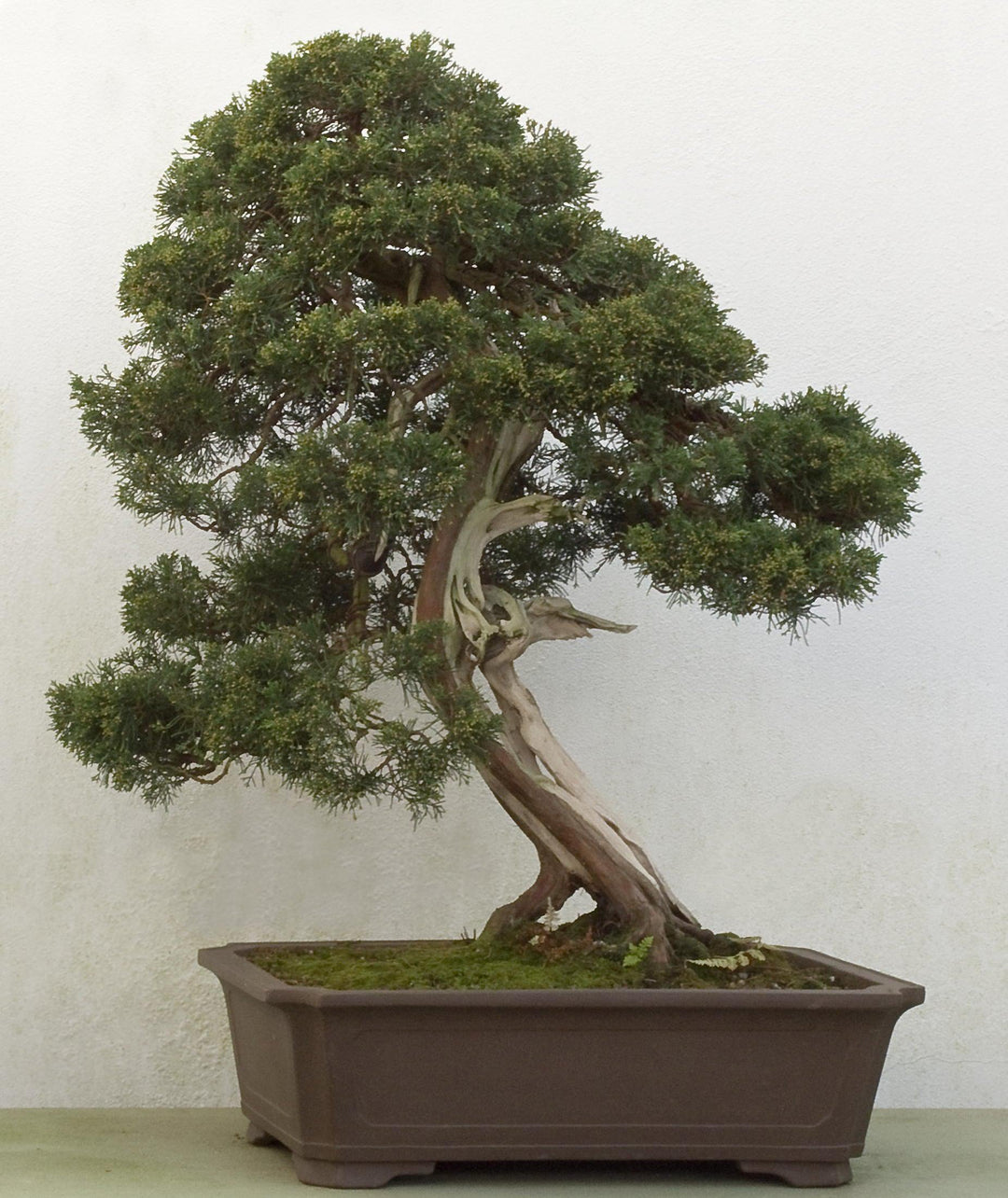
How To Care For Your Juniper Bonsai Tree
Juniper Procumbens Bonsai Care
About The Juniper Bonsai Tree
When you think of a bonsai tree, a Juniper is what you’re likely picturing. The dwarf juniper is the most common, and traditional, bonsai tree. A slow grower, and a true evergreen, has been cultivated as a bonsai for centuries.
Native to southern Japan, and found all across America, juniper bonsai’s possess a great evergreen canopy, and some seriously interesting bark.
Placement
Your Juniper loves the outdoors. It will die if it doesn’t go dormant for the winter, so make sure it has a chance to freeze over!
In the late fall, protect your tree by burying your tree, or mulch over the pot in the ground. The tree should be protected from strong wind and sun (but not snow or rain) throughout the winter. If you must, it can be placed in an unheated garage or shed.
Do not forget to water your tree in the winter!
In the early spring, when the chance of freezing is gone, it can be placed back in its normal location.
For the rest of the year, the tree should be outside with a few hours of sun (morning sun, with afternoon shade is best.)
Watering
A Juniper bonsai loves a good watering, and hates drying out. 1-2 times a week should suffice when it’s dormant, gradually increasing to every 1-2 days over the summer.
Do not let your juniper bonsai dry out!
Humidity
If your juniper bonsai tree is wintering in a cold shed or garage, using a humidity tray is recommended to prevent spillage from watering.
Fertilizing
Since your Juniper bonsai is in a small pot, and not the ground, it needs nutrients. A slow release (pellet based) fertilizer is perfect for this, and can be added sparingly every 1-2 months during the growing season.
Pruning & Trimming
Trim back the new growth to the farthest safe point that looks good to you — but never remove all of the new growth.
A regular trim will help keep your Juniper bonsai tree short, while helping the trunk grow thicker.
For juniper bonsai’s, it may be easier to “pinch” new growth with your fingers, rather than using a tool.
Repotting
Repotting must be performed periodically on your bonsai, Juniper included, when its root system has filled the pot. If you can clearly see the roots coming out of the bottom of the pot, it’s time to repot your bonsai.
Generally, this means every 2-3 years for a deciduous tree and every 4-5 years for an evergreen like your juniper.
Repotting should be done in mid-summer, when the tree is at it’s least fragile state.
The Juniper bonsai, along with all of its soil, should be removed from the pot. From there, you can trim away no more than 1/3rd of the root mass (1/4th is preferred.)
Then you can repot the tree in the same pot, or give it a newer / bigger pot to thrive in.
After repotting, your bonsai Juniper should be thoroughly watered.
Diseases, Insects & Other Pests
Your Juniper bonsai can be treated for pests like a normal Juniper tree. Just remember, your tree is miniature and will need a much smaller and more gentile dose of treatment.
If you're looking to buy a Juniper bonsai for your home or office, we offer the finest artisan selection available.
Would you like to SEE these instructions as a series of videos, instead of just reading them?
If you want to demystify the art of bonsai so you can become a master of this relaxing hobby in just a few days, you need the right training. I’ve built a digital video course that mixes classroom style instructional videos with “over the shoulder” style training videos to make bonsai simple to understand, and easy to start.
In this digital video course, you'll discover:
- How to create a bonsai tree from scratch that will help you experience true inner-peace and calm.
- How to keep your tree collection alive and well so you can enjoy their benefits for a lifetime.
- How to shape your bonsai like a professional, allowing you to design it however you like.
- What bonsai tools you really need and how to use them so you’ll never buy a tool that you don’t need again.
- How to cultivate your own trees so you never have to buy another tree from a store again.
- How to use all of this to create your own bonsai collection so you enjoy this relaxing hobby for the rest of your life.


